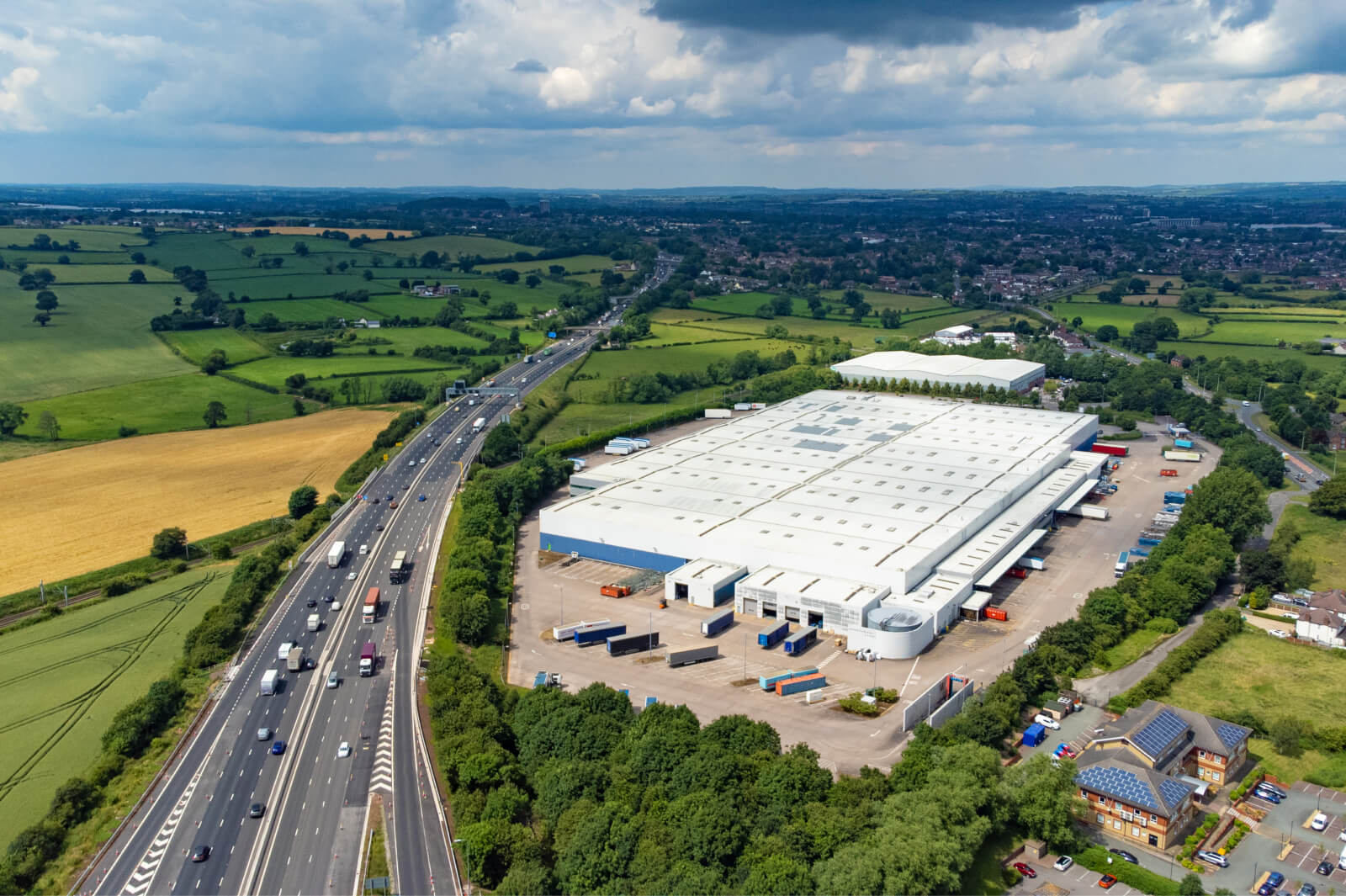
Article originally published on Logistics Viewpoints
Amidst ongoing uncertainty caused by COVID-19 lockdowns in Asia, war in Europe, scarce raw materials and steep inflation, companies are stockpiling inventory as never before in the hopes of mitigating future supply chain shocks. As a result, warehouse space is scarce and rents are on the rise – a trend that could continue “for at least another two years,” according to a recent report from commercial real estate services firm JLL Inc.
Many of the potential solutions to this warehousing crunch – nearshoring, supplier diversification, building new facilities – can’t happen overnight. That’s why it’s so important that a supply chain industry that needs solutions now must stop squandering the vast untapped value in the facilities that they own and operate today.
As I’ve touched on before in my columns here, the supply chain industry is increasingly turning to real-time transportation visibility platforms to pinpoint where freight is at any point on its journey. Embedded AI and predictive analytics help shippers and their partners anticipate and mitigate the impact of disruptions and delays, whether from bad weather, port shutdowns or overloaded distribution centers.
But it’s no longer enough to know where a shipment is when it’s in transit. We need to be able to locate products – as well as potential storage space – anywhere and everywhere.
Here’s the issue with most facilities today. As soon as inventory hits the yard, it gets lost in a shuffle of trailers. Depending on the size of a facility, the inability to quickly locate “arrived inventory” in a trailer can put outbound orders or production lines at risk. Legacy warehouse management systems (WMS) are appropriately named – by which I mean they are usually good at providing visibility into inventory within the warehouse. But when inventory sits outside in a trailer, it may as well be in a black hole.
At the same time, of the hundreds of thousands of trailers that are sitting in yards across the country and the world, a huge percentage are partially or completely empty. So on the one hand, we have companies sitting on billions of dollars in inventory that they aren’t accounting for. And on the other hand, they are sitting on billions of dollars’ worth of temporary storage facilities. Given that the average trailer can store up to 52 standard size pallets, it’s a colossal waste. To put this in perspective, if a yard has 100 empty trailers, that’s 39,000 square feet — or approximately $307K worth of warehouse space — already sitting on-site. Visibility platforms transform those trailers into usable space, helping teams keep track of each individual item within a trailer to keep the facility agile and resilient.
A new generation of yard management systems are bridging this historical gap between warehouses and the yard, providing true end-to-end visibility with real-time tracking of in-transit and in-yard freight. These powerful new systems can track each inbound order not by just the trailer and PO number, but by each individual SKU. Passive RFID technology and IoT integration can quickly tell teams where needed items are in the yard to help respond to customer or production demand.
And accurate and accessible inventory data for the yard opens up the ability to use on-site trailers as warehouse overflow capacity. As facilities experience a surge in materials or seasonal inventory changes, flexing portions of inventory to the yard frees up warehouse space. When combined with WMS and transportation management systems (TMS), teams gain advanced visibility and insight into expected inventory and equipment availability to help prioritize loads to meet production or cross-dock demand.
These new capabilities are game-changing for a supply chain industry that is facing significant increases in not only the costs to secure capacity, but also the costs to hold onto inventory. Couple that with labor shortages and customer demands and it should be increasingly clear that companies would benefit from viewing facility operations as a strategic imperative that should be managed at an enterprise level, with advanced yard management systems that can provide granular insights – and significant ROI – across the most complex facility network.